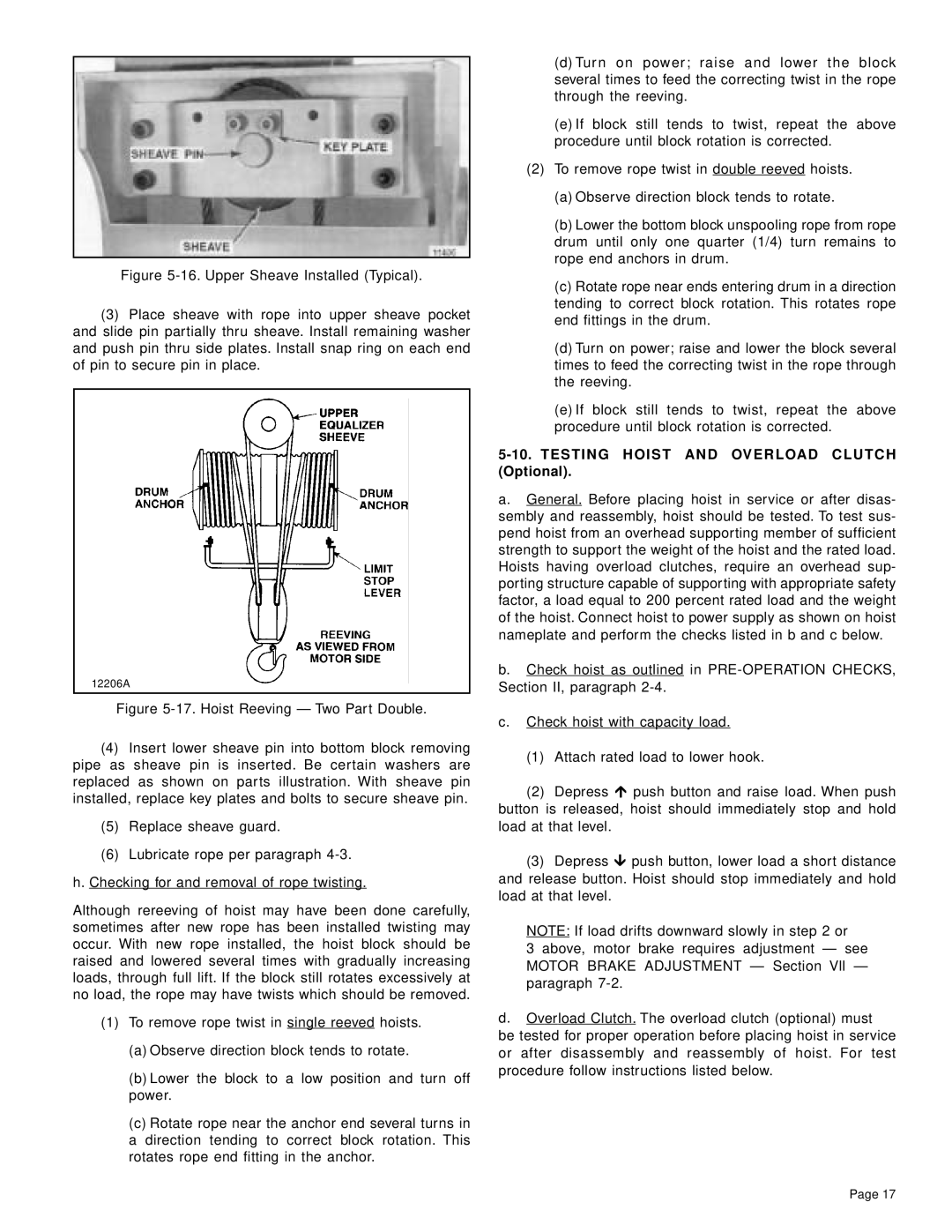
Figure 5-16. Upper Sheave Installed (Typical).
(3)Place sheave with rope into upper sheave pocket and slide pin partially thru sheave. Install remaining washer and push pin thru side plates. Install snap ring on each end of pin to secure pin in place.
12206A
Figure 5-17. Hoist Reeving — Two Part Double.
(4)Insert lower sheave pin into bottom block removing pipe as sheave pin is inserted. Be certain washers are replaced as shown on parts illustration. With sheave pin installed, replace key plates and bolts to secure sheave pin.
(5)Replace sheave guard.
(6)Lubricate rope per paragraph 4-3. h. Checking for and removal of rope twisting.
Although rereeving of hoist may have been done carefully, sometimes after new rope has been installed twisting may occur. With new rope installed, the hoist block should be raised and lowered several times with gradually increasing loads, through full lift. If the block still rotates excessively at no load, the rope may have twists which should be removed.
(1)To remove rope twist in single reeved hoists.
(a)Observe direction block tends to rotate.
(b)Lower the block to a low position and turn off power.
(c)Rotate rope near the anchor end several turns in a direction tending to correct block rotation. This rotates rope end fitting in the anchor.
(d)Turn on power; raise and lower the block several times to feed the correcting twist in the rope through the reeving.
(e)If block still tends to twist, repeat the above procedure until block rotation is corrected.
(2)To remove rope twist in double reeved hoists.
(a)Observe direction block tends to rotate.
(b)Lower the bottom block unspooling rope from rope drum until only one quarter (1/4) turn remains to rope end anchors in drum.
(c)Rotate rope near ends entering drum in a direction tending to correct block rotation. This rotates rope end fittings in the drum.
(d)Turn on power; raise and lower the block several times to feed the correcting twist in the rope through the reeving.
(e)If block still tends to twist, repeat the above procedure until block rotation is corrected.
5-10. TESTING HOIST AND OVERLOAD CLUTCH (Optional).
a.General. Before placing hoist in service or after disas- sembly and reassembly, hoist should be tested. To test sus- pend hoist from an overhead supporting member of sufficient strength to support the weight of the hoist and the rated load. Hoists having overload clutches, require an overhead sup- porting structure capable of supporting with appropriate safety factor, a load equal to 200 percent rated load and the weight of the hoist. Connect hoist to power supply as shown on hoist nameplate and perform the checks listed in b and c below.
b.Check hoist as outlined in
c.Check hoist with capacity load.
(1)Attach rated load to lower hook.
(2)Depress á push button and raise load. When push button is released, hoist should immediately stop and hold load at that level.
(3)Depress â push button, lower load a short distance and release button. Hoist should stop immediately and hold load at that level.
NOTE: If load drifts downward slowly in step 2 or
3 above, motor brake requires adjustment — see MOTOR BRAKE ADJUSTMENT — Section Vll — paragraph
d.Overload Clutch. The overload clutch (optional) must be tested for proper operation before placing hoist in service or after disassembly and reassembly of hoist. For test procedure follow instructions listed below.
Page 17
